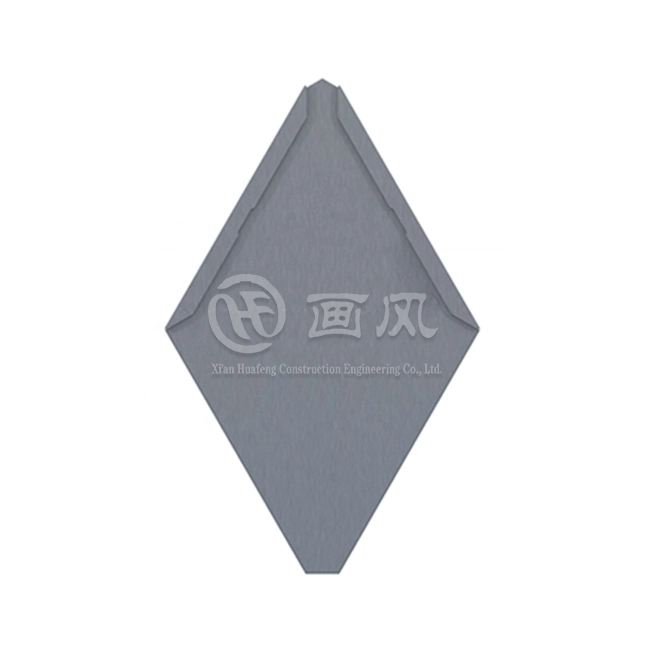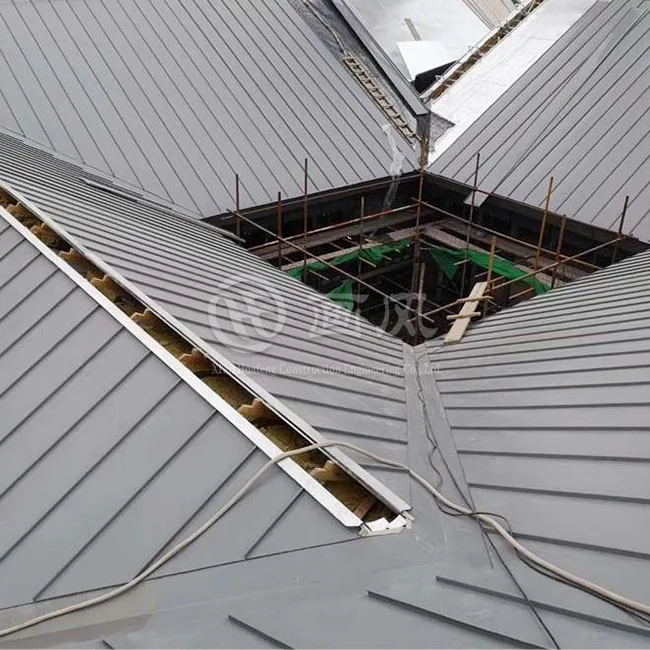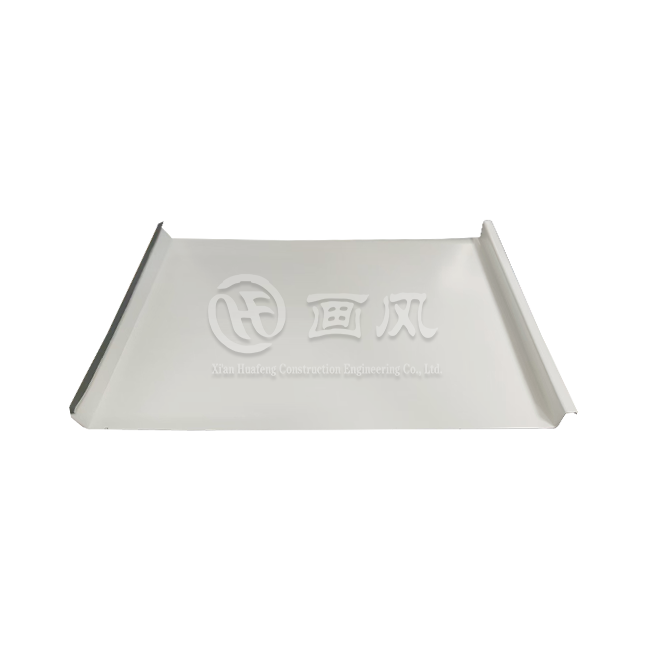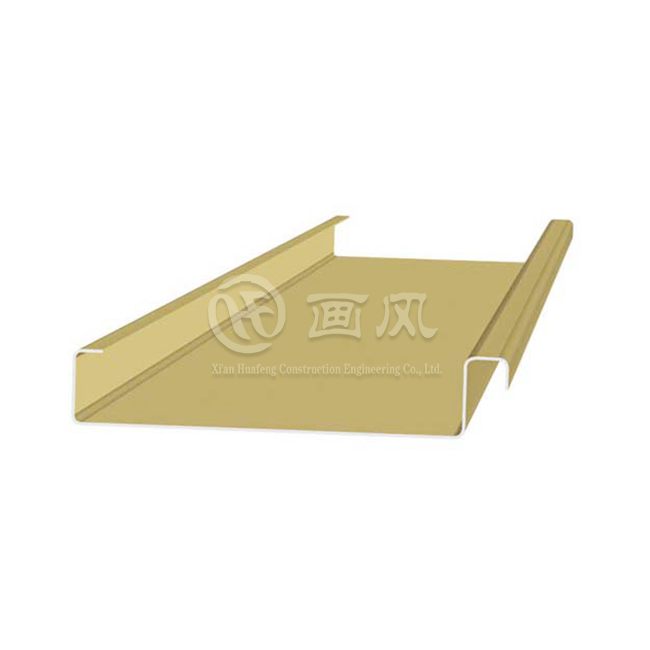Bending quarter inch aluminum plate metal is a crucial skill in metalworking and construction projects. This process requires precision, the right tools, and proper techniques to achieve desired shapes without compromising the material's integrity. Whether you're working on architectural elements, custom fabrications, or industrial applications, understanding the nuances of bending aluminum plate metal can significantly enhance your project outcomes. In this comprehensive guide, we'll explore the essential methods, tools, and considerations for successfully bending quarter inch aluminum plates, helping you achieve professional results in your metalworking endeavors.
Understanding Aluminum Plate Properties and Preparation
Characteristics of Quarter Inch Aluminum Plates
Quarter inch aluminum plates, typically made from alloys like 6061 or 5052, are known for their excellent strength-to-weight ratio and remarkable corrosion resistance. These characteristics make them ideal for use in structural applications where both durability and malleability are required. The 0.25-inch thickness offers sufficient rigidity to support heavy loads while still allowing for controlled deformation during bending. This balance of strength and flexibility makes quarter inch aluminum plates a versatile material in industries ranging from construction and aerospace to automotive, ensuring both longevity and ease of manipulation.

Pre-Bending Considerations
Before starting the bending process, it is vital to thoroughly assess the condition of the quarter inch aluminum plate metal. Inspecting for surface imperfections, such as scratches, dents, or stress points, can help avoid compromising the bend quality. Additionally, ensuring the plate is clean and free from debris, oils, or other contaminants is essential for a smooth and successful bending process. Accurate marking of the bend lines is another critical step; using appropriate tools and techniques that don't damage the aluminum's surface will ensure precision and avoid misalignment during bending.
Choosing the Right Bending Method
Choosing the most appropriate bending method for quarter inch aluminum plate depends on several factors, including the desired bend radius, angle, and the intended use of the finished product. Common techniques include press brake bending, which offers precision for sharp, controlled bends; roll bending, ideal for curves and arcs; and hand bending, suitable for small, less intricate projects. Each method comes with its own set of advantages and limitations, and it's important to evaluate the specific project requirements to ensure the selected method delivers the best results for your application. Consulting with industry experts or referring to established guidelines can help optimize the bending process.
Tools and Equipment for Bending Aluminum Plates
Press Brake Machinery
Press brake machinery is one of the most commonly used tools for bending quarter inch aluminum plates in industrial environments. These machines provide precise control over both the bending angle and the pressure applied to the material, ensuring high-quality, accurate bends. When using a press brake, it is crucial to select the appropriate die and punch set that aligns with the desired bend radius to prevent any distortion. Additionally, proper machine calibration is essential to accommodate the unique properties of aluminum, as incorrect settings can result in over-bending, material cracking, or damage to the plate.
Manual Bending Tools
For smaller, more custom bending projects, manual bending tools can be a practical solution. Tools such as sheet metal brakes, bar folders, and hand-operated press brakes are ideal for bending quarter inch aluminum plate metal in limited quantities or for unique, low-volume applications. While manual bending tools require more physical effort and experience, they provide greater flexibility, allowing operators to create custom shapes and angles. It is important to maintain consistent technique and precision during manual bending to achieve uniform results and prevent inaccuracies in the bends across the plate.
Specialized Aluminum Bending Equipment
Specialized aluminum bending equipment is designed specifically to handle the unique properties of aluminum, including its strength, malleability, and tendency to work harden. These machines often feature adjustable pressure settings, customized dies, and advanced features to enhance the bending process. Although specialized equipment can be more expensive, it can significantly improve both efficiency and the quality of bends, particularly in high-volume production or when complex, precise bending is required. This type of equipment is ideal for manufacturers who regularly work with aluminum and need reliable, consistent results for complex plate bending tasks.
Techniques and Best Practices for Bending Quarter Inch Aluminum
Proper Bending Procedures
Proper bending procedures are essential for achieving precise and accurate results when working with aluminum plates. Begin by carefully aligning the plate with the bending equipment, ensuring that it is seated securely against the back gauge if using a press brake. Gradually apply pressure to the plate, consistently monitoring the bend angle throughout the process. It is often beneficial to slightly overbend the aluminum plate, as aluminum tends to spring back once the pressure is released. This technique, known as springback compensation, allows for a more accurate final bend, ensuring that the plate meets the required specifications.
Managing Heat and Stress
Managing heat and stress is crucial when bending aluminum plate metal, as its properties can significantly change with temperature variations. In some cases, applying heat to the bending area can make the process easier by reducing the risk of cracking or material deformation. However, excessive heat can alter the structural integrity of the aluminum, leading to weakened areas or distortion. If heating is necessary, it is important to use controlled methods, such as localized heating, and avoid overheating the material. After bending, allow the aluminum plate to cool slowly and naturally to avoid warping or stress concentration, ensuring the final shape remains accurate and intact.
Finishing and Quality Control
Once the aluminum plate has been bent, it is important to perform a thorough inspection to ensure the quality of the work. Look for any signs of stress, cracks, or irregularities in the bend, as these can affect the performance and appearance of the final product. Use precision measuring tools, such as protractors or calipers, to verify the accuracy of the angles and radii of the bend. If necessary, make minor adjustments to correct any discrepancies. Additionally, perform finishing techniques like deburring, sanding, or surface treatments to enhance both the aesthetic and functional qualities of the bent aluminum plate, ensuring it meets the required standards.
Conclusion
Mastering the art of bending quarter inch aluminum plate metal requires a blend of technical knowledge, proper equipment, and refined techniques. By understanding the material's properties, selecting the right tools, and following best practices, you can achieve precise and high-quality bends in your aluminum projects. Remember, practice and patience are key to perfecting your bending skills. If you want to get more information about this product, you can contact us at huafeng@hfmetalroof.com.
References
1. "Aluminum Fabrication Handbook" by John Fournier
2. "Metal Forming: Mechanics and Metallurgy" by William F. Hosford and Robert M. Caddell
3. "Bending of Aluminum Alloys: Technology and Properties" by J.R. Davis
4. "Metalworking: Sheet Forming" by ASM International
5. "The Science and Engineering of Materials" by Donald R. Askeland and Pradeep P. Fulay
6. "Manufacturing Processes for Engineering Materials" by Serope Kalpakjian and Steven R. Schmid









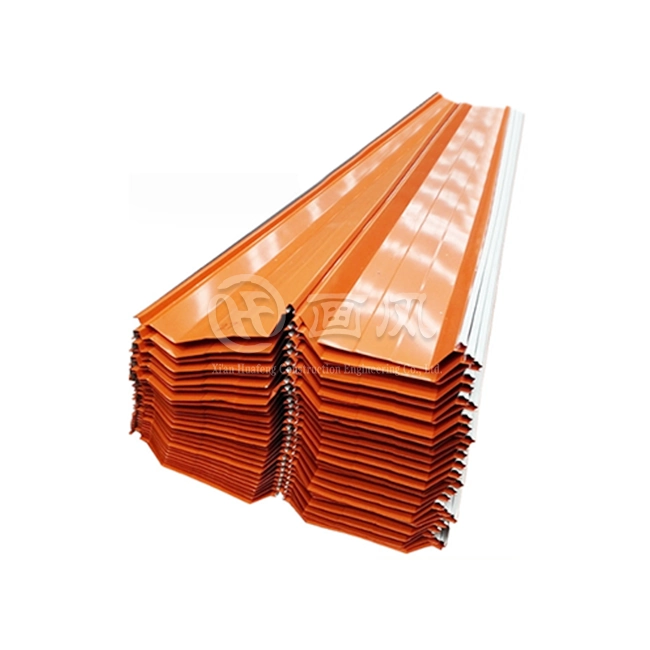
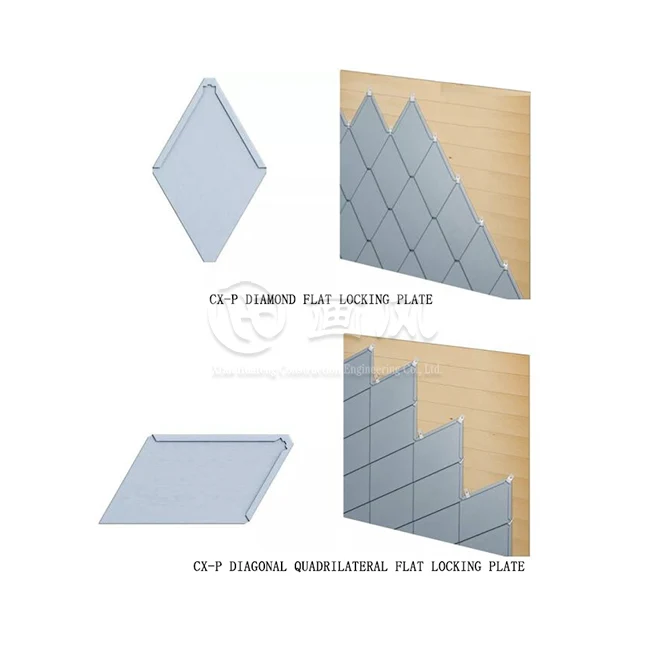
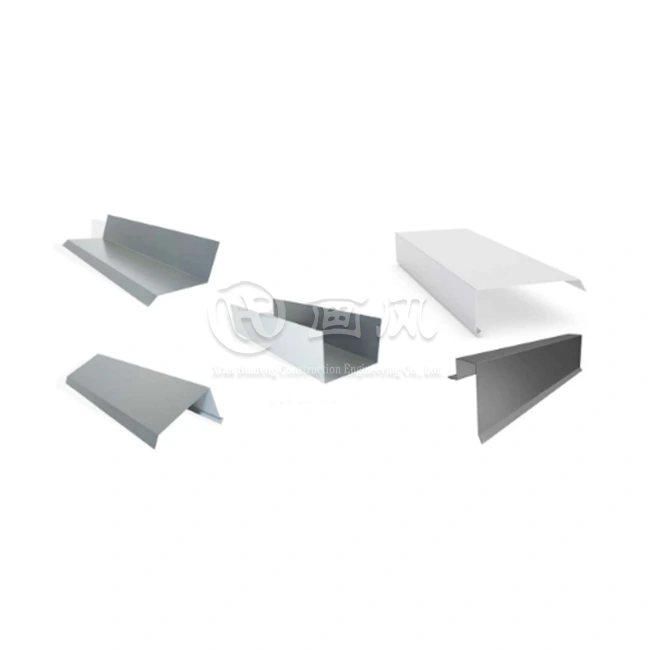
_1757558889992.webp)
